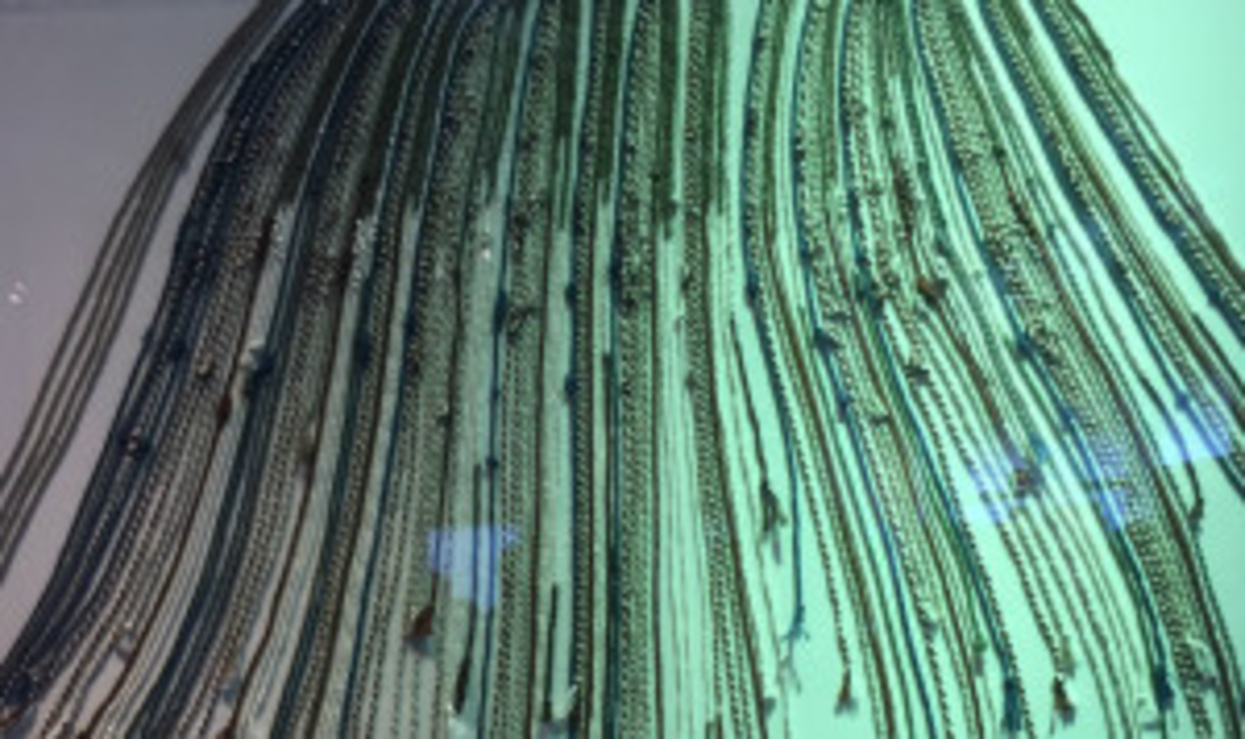Summer Research Reports: Ryan Ikeda on Technology as Learning

Ryan Ikeda received a summer research award from the BCNM to support his dissertation research on how technology in the classroom impacts modes of learning. Here's what he discovered with the grant:
The classroom as a site of learning raises two questions about contemporary knowledge-production: on one hand, the classroom asks us to consider the way industry reorients education towards the ends of industry, (i.e., getting a job, professionalizing, relying on technical objects), or what French theorist, Bernard Stiegler, has referred to as “technoscience”; on the other—less dreary—hand, the classroom asks us to consider the conflation of technology and learning into “technology as learning”, a notion that complicates boundaries between human and digital technologies. In other words, if early AI thinkers, like Alan Turing, asked the question—can a machine function like a human brain?, then I am interested in the line of inquiry that asks: how do brains begin to resemble computers? how do computers construct modes of learning?
Thus far in my summer research, I have approached these questions through several platforms a) the high school classroom and b) not-for- profit coding for non-industry professionals. For a), I returned to the high school classroom to work with 19 high school students through the Acalanes School District for three weeks in June and early July. Here, I examined the extent to which students and teachers rely upon Google Classroom for the teaching of writing and, to discuss with fellow educators, how such platforms mediates knowledge-production.
Salient observations were made regarding the responsiveness of Google to tweak Google classroom in order to meet specific teacher needs, however, in general, teachers were inclined to upload print documents to Google classroom as opposed to incorporate applications, such as Google Docs, to administer realtime teacher feedback to student writing. In other words, many high school teachers regard the technical medium of Google Classroom as a neutral space for learning, with a nominal effect on learning outcomes. While a general trend among high school educators is to mediate classroom teaching through digital interfaces, of my 19 students, however, only a handful regularly accessed classroom material through Google Classroom while at home, yet almost all students, given a group assignment, relied upon Google applications to collaborate on assignment preparation. In other words, students seem to use Google Classroom differently and perhaps more proficiently, than the teachers I observed. I am currently working on the other components, coordinating a teacher exchange among bay area high school teachers and Berkeley faculty, as well as observing education models via private, non-profit institutions.
As part of my research project, I also visited the Computer History Museum in Mountain View, and spent quite a bit of time talking with the curators with regards to their use of technology to educate folks about computers, which is surprisingly little compared to the use of computers in public high school classrooms. Once at the museum, however, my interest shifted toward different material configurations of memory. Although this is an obvious realization for someone from the so-called Silicon Valley, visiting the CHM helped me consider the philosophical implications undergirding the material interests of the tech industry, which is so heavily invested in designing more expedient forms of memory. The shift, in particular, from rope forms of memory in ancient cultures to early computer era wire systems to the semi-conductor platform (i.e., silicon), now to newer forms of memory. Again, these material configurations teem with philosophical implications for how we theorize memory.
